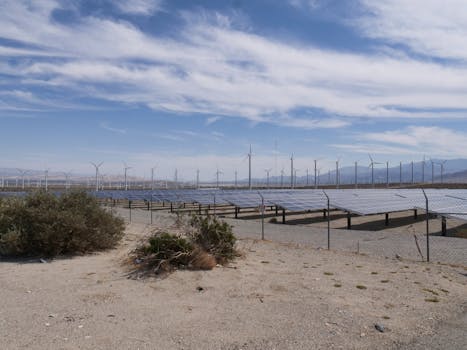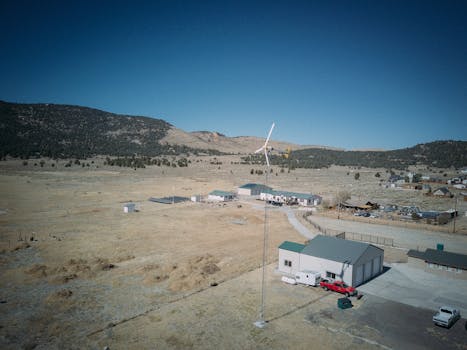
Introduction

As the world grapples with the pressing challenges of climate change and environmental degradation, the importance of renewable energy and sustainable technologies has never been more pronounced. Innovations in these areas are crucial for building a sustainable future, reducing carbon emissions, and promoting energy independence.
Advancements in Solar Energy

Solar energy has emerged as one of the most promising renewable energy sources. Innovations in photovoltaic technology, such as bifacial solar panels and solar skins, are enhancing efficiency and aesthetic appeal. Bifacial panels capture sunlight from both sides, increasing energy production, while solar skins allow homeowners to customize the appearance of their solar installations. Additionally, advancements in energy storage, like lithium-silicon batteries, are enabling more efficient use of solar energy by storing excess power for later use.
Wind Energy Innovations

Wind energy is another critical component of the renewable energy landscape. The development of larger, more efficient wind turbines is one key innovation. These turbines can generate more power at lower wind speeds, making them viable in a broader range of locations. Floating wind farms, which can be deployed in deeper waters, are also gaining traction, allowing for harnessing wind energy in previously inaccessible areas. Furthermore, digital technologies, such as IoT sensors, are optimizing wind farm operations, improving maintenance, and maximizing energy output.
Emerging Sustainable Technologies

Beyond traditional renewable energy sources, several emerging sustainable technologies are gaining attention. Hydrogen fuel cells, for instance, are being explored as a clean alternative to fossil fuels for transportation. Innovations in green hydrogen production, which uses renewable energy to extract hydrogen from water, are making this technology more viable. Additionally, advancements in carbon capture and storage (CCS) are helping industries reduce their carbon footprint by capturing emissions and storing them underground. These technologies are integral to achieving net-zero emissions goals.
Conclusion

The future of energy lies in the innovative solutions that harness renewable resources and promote sustainability. As advancements in solar, wind, and emerging technologies continue to unfold, they will play a pivotal role in our transition to a greener economy. By investing in these innovations, we can create a cleaner, more sustainable world for generations to come.



